SEOUL, Feb. 26 (Korea Bizwire) – Talks of bringing back trams, retired in November of 1968, have begun in earnest.
With a revision to the Road Traffic Act recently passing in a parliamentary committee, the discussion of re-introducing trams to Seoul is gaining steam.
Seoul Metro announced on February 25 it will wrap up a study into the feasibility of operating trams on disused rail tracks along the Gyeongchun Line by April. This particular closed segment of track is 6.3km long and connects Kwangwoon University Station to currently-defunct Hwarangdae Station.
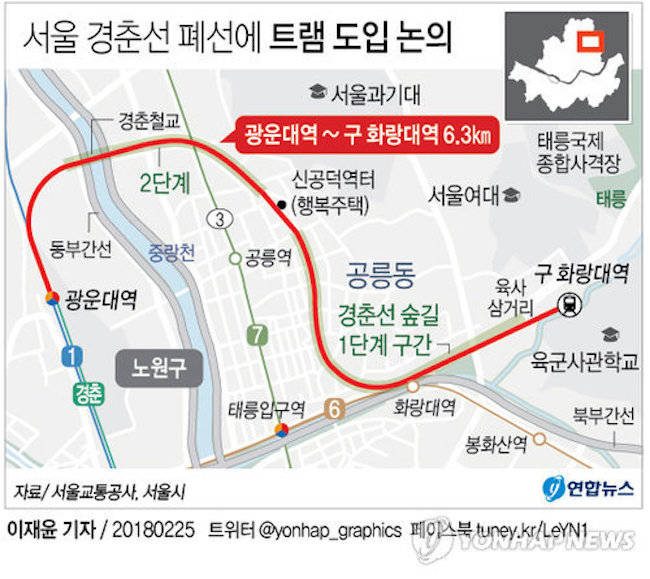
This particular closed segment of track is 6.3km long and connects Kwangwoon University Station to Hwarang University Station. (Image: Yonhap)
Trams were first used in South Korea in 1899, and were the primary source of public transportation in Seoul for approximately sixty years until the emergence of buses and privately owned vehicles. The current Seoul Subway Line 1 connecting Yeongdeungpo, Noryangjin, Seoul Station and Seoul City Hall covers similar territory to the previous Seoul tram lines.
The trams themselves have been updated from prior models relying on overhead lines to eco-friendly versions that run on batteries.
Seoul Metro asserts that the successful integration of trams into Seoul’s public transportation network could emulate European examples and become a cultural attraction.
One spokesperson said the Japanese city of Toyama began running trams on defunct rail lines in 2006 and has profited from increased visits by tourists seeking out the city just for the trams.
S.B.W. (sbw266@koreabizwire.com)


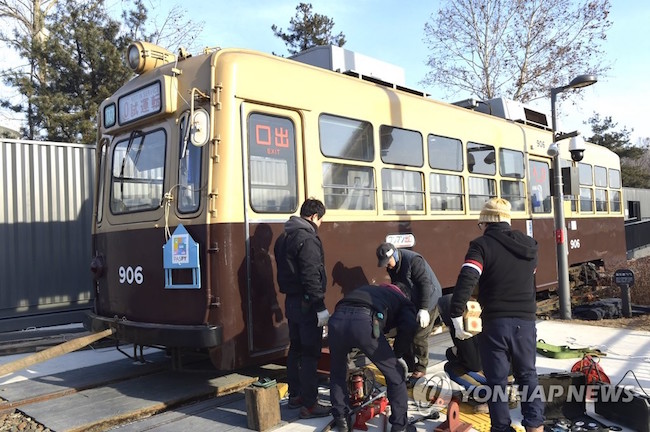

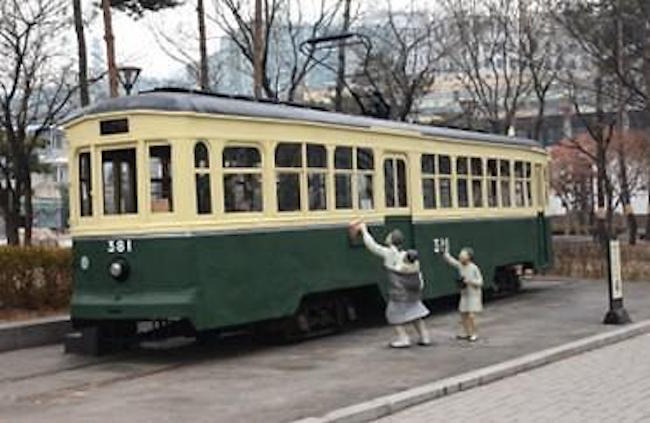

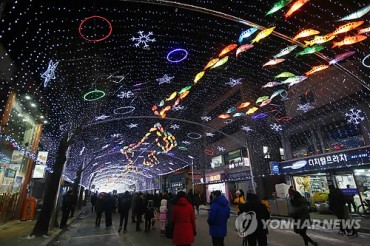


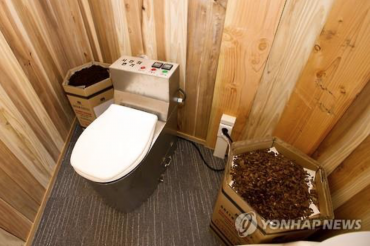
Hi, I’m a Local Government Councillor within the Sunshine Coast Regional Council, working with the local Community to reactivate a heritage listed, 2 foot gauge, railway line that runs through the hinterland town of Nambour.
I would like to discuss the potential of a manufacturing company, based in Korea, building and supplying a Battery Electric Tram, capable of transporting approximately 30 passengers, at a speed of 15 kph maximum.
My mobile phone Number is 0419712546